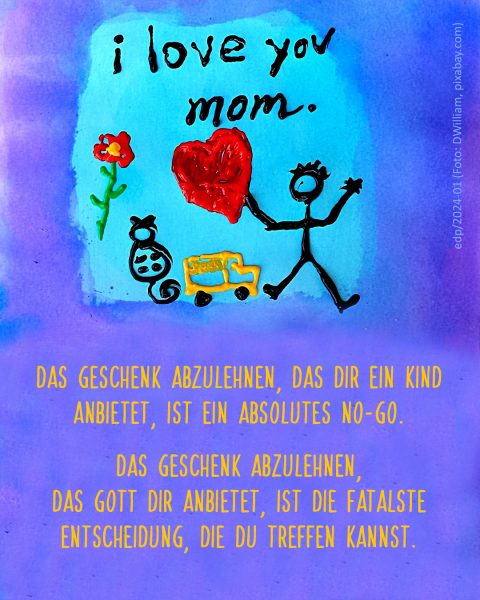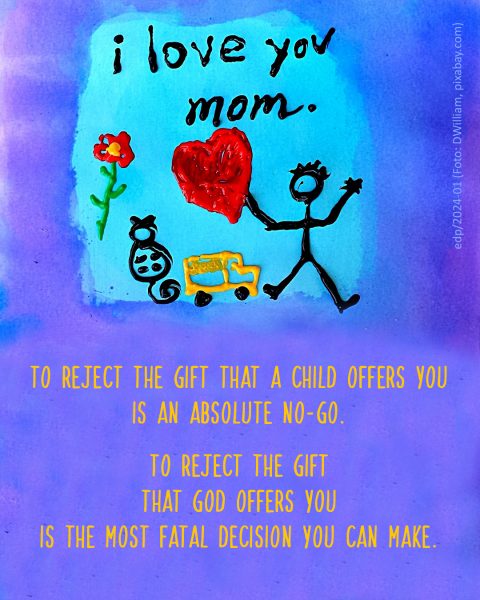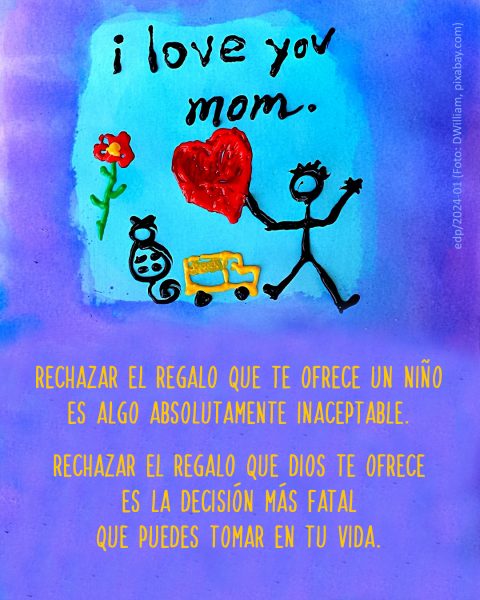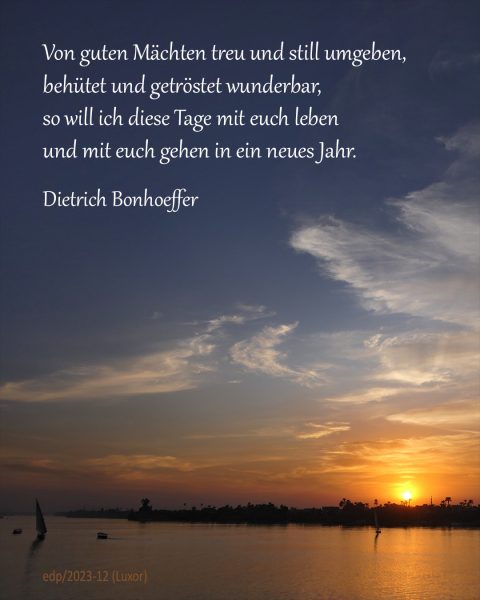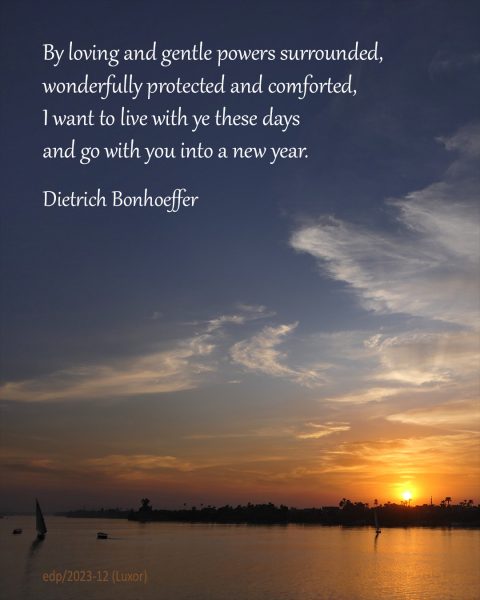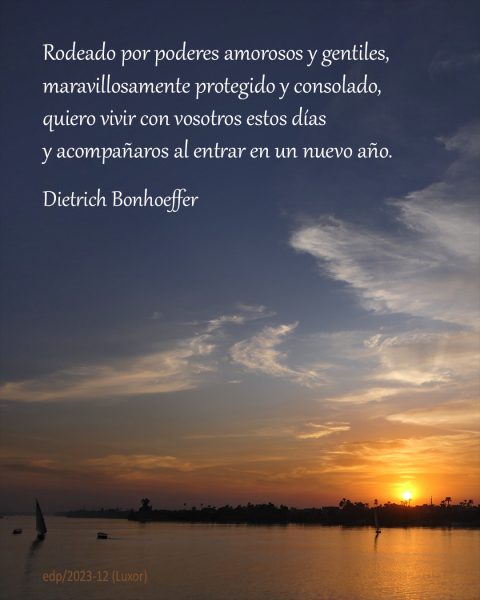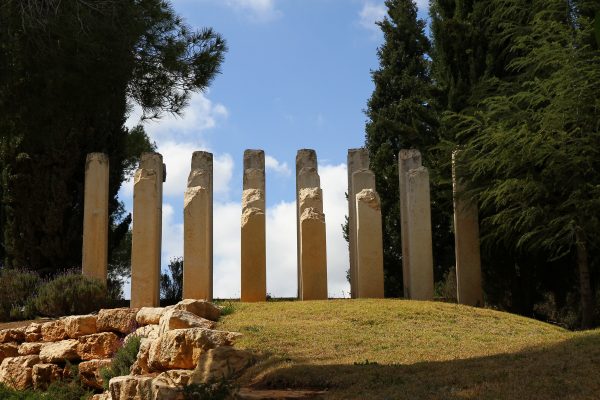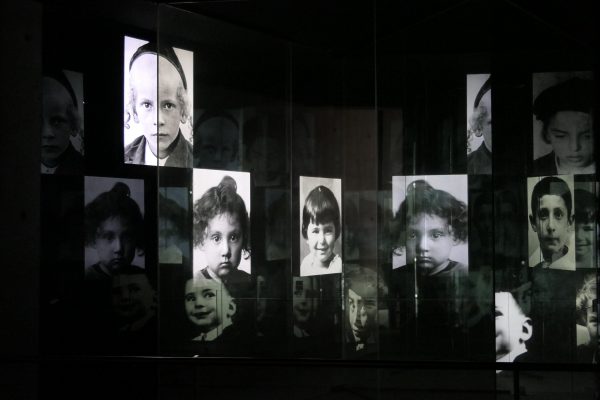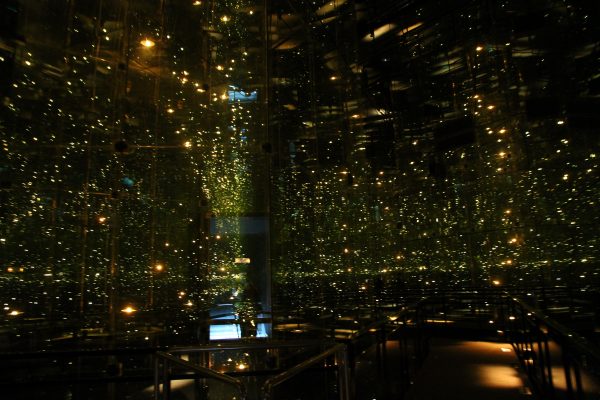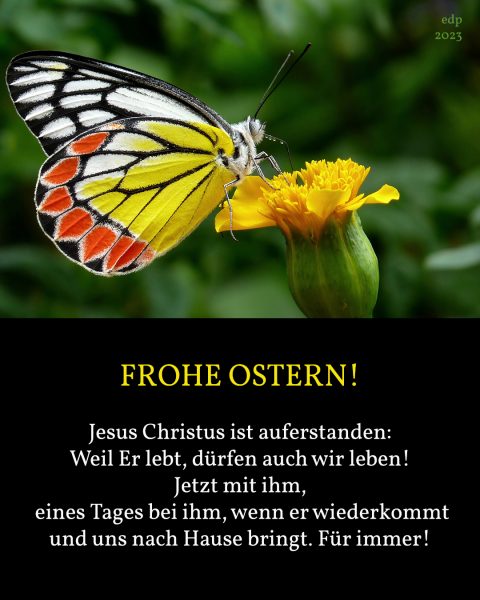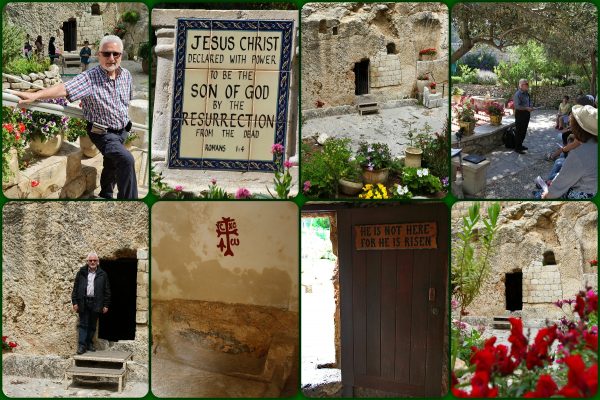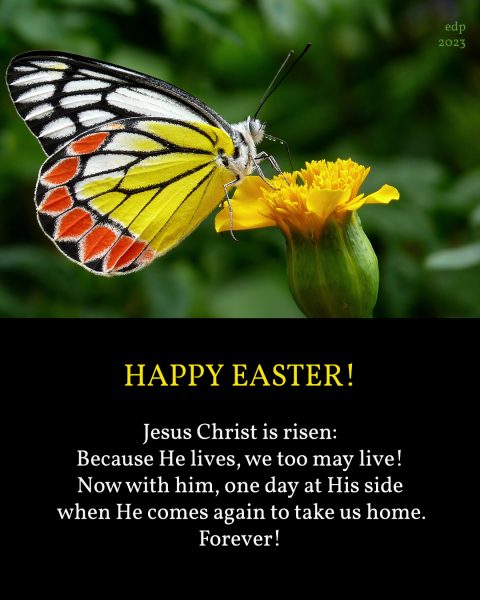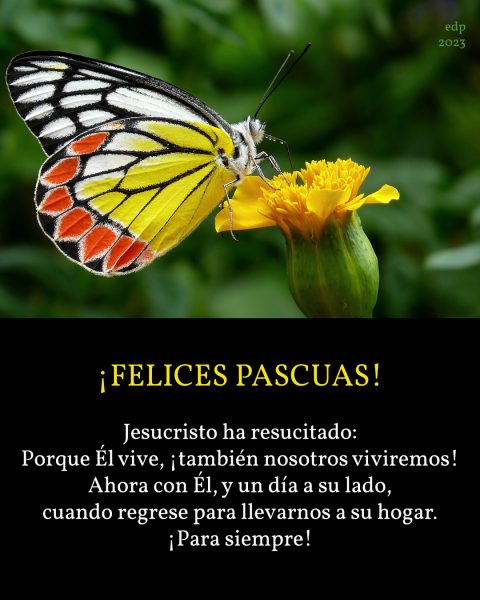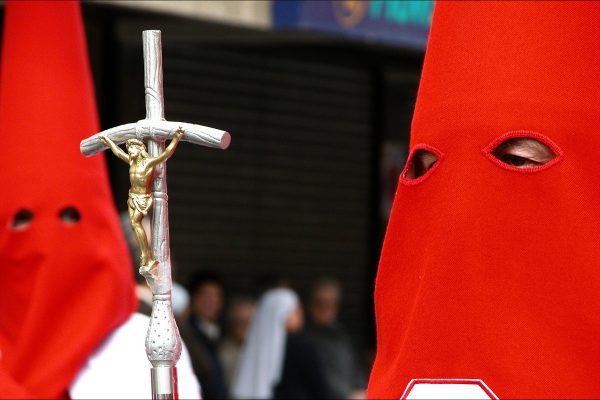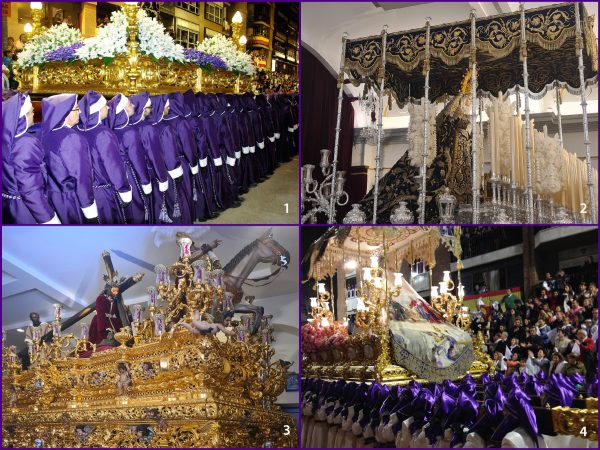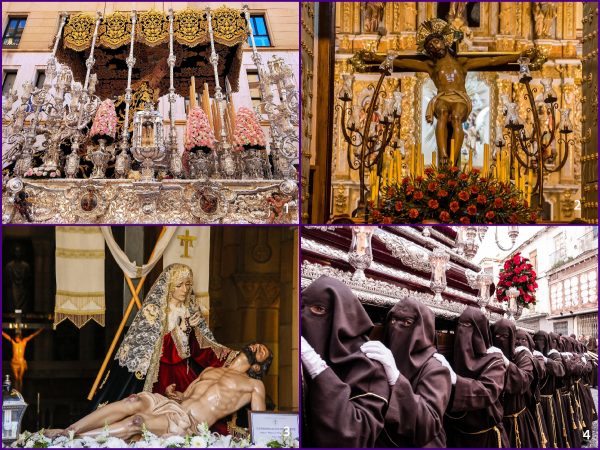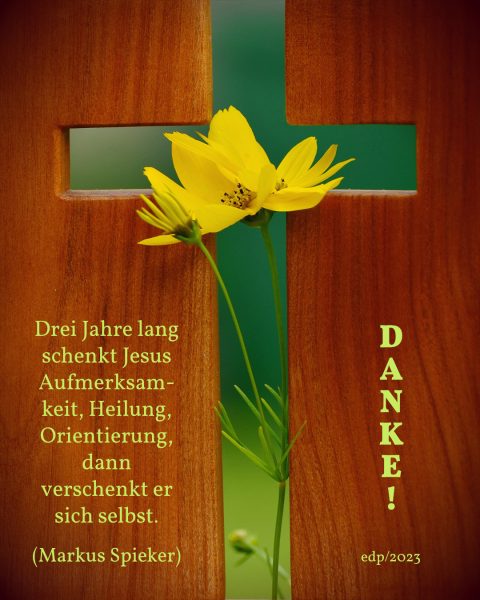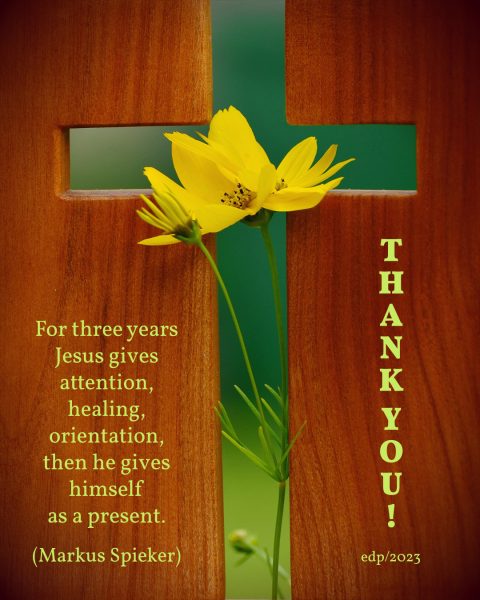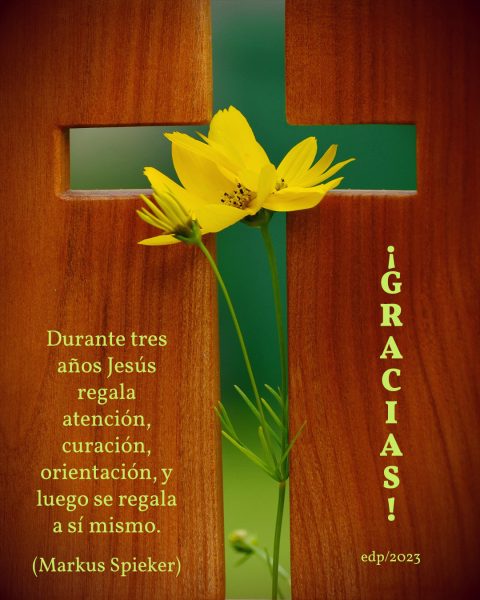Habt ihr jemals ein Geschenk abgelehnt? Seid ihr mit euren Weihnachtsgeschenken zufrieden? In vielen Städten gibt es seit dem 2. Januar regen Kundenverkehr in den Geschäften. Manche lösen Geschenkgutscheine ein, viele kommen, um Geschenke umzutauschen, die nicht gefallen oder nicht passen. Den Spaniern stehen die Umtauschaktionen noch bevor, denn dort findet erst am 6. Januar (am Tag der heiligen Drei Könige) die größte und teuerste Bescherung des Jahres statt. (Mehr darüber.)
Bei sehr anspruchsvollen Empfängern landen viele Päckchen direkt in die Kiste „Zum Weiterschenken“. Unausgepackt! Hoffentlich steckt nicht ein teurer, besonders wertvoller Gegenstand in der unauffälligen Verpackung!
Es gibt ein Geschenk, dessen Preis unmöglich zu beziffern ist, das aber von den meisten heutzutage unausgepackt bleibt: die Liebe Gottes, sichtbar, hörbar und fühlbar geworden in einer Person – Jesus von Nazareth. Zuerst als Kind in der Krippe zu bestaunen, später als machtvoller, zum Teil unbequemer Redner zu hören, am Ende als Retter der Welt am Kreuz hängend. Noch neben dem Kreuz nahmen ein Verbrecher und ein römischer Soldat dieses Geschenk Gottes dankbar an und für sie begann ein völlig neues Leben. Das Kreuz war aber für Jesus Christus nicht das Ende. Einige Stunden später auferstanden, ist er nun im Himmel der Ansprechpartner für jeden, der dieses Geschenk der Liebe Gottes gern annimmt, weil er spürt: Ohne Gott endet das Leben im Nichts.
Dass viele dieses Geschenk Gottes an die Menschheit ablehnen würden, ist seit knapp 2000 Jahren in der Bibel zu lesen: Gott wurde Mensch und kam auf die Erde, um unter den Menschen als einer von ihnen zu leben; sehr viele lehnten ihn ab. Jenen aber, die ihn als Retter anerkannten, gab er einen neuen Status: erbberechtigte Königskinder, Kinder des Höchsten im Universum (nach Johannes 1,11-14).
Jesus Christus bezeichnete sich als das Licht der Welt: Wer in unserer orientierungslosen, unruhigen Zeit ihn, das Licht der Welt, ablehnt, gleicht einem Menschen, der die Sonne ausknipst, um mit einer Kerze in der Hand seinen Weg fortzusetzen. Die Annahme eines Geschenks zu verweigern, mag im Alltag berechtigt sein. Im Blick auf das Angebot Gottes hat dieses Verweigern tödliche Folgen!
![]()
Gift refused!
Are you happy with your Christmas presents? In many cities, there has been a lot of customer traffic in the shops since 2 January. Some are redeeming gift vouchers, many are coming to exchange gifts that they don’t like or don’t fit. In Spain, the exchange campaigns are still to come, as the biggest and most expensive gift-giving of the year does not take place until 6 January (the day of the Three Wise Men). (More here)
For very sophisticated receivers, many presents end up directly in the “To give away” box. Unwrapped! Hopefully there is not an expensive, particularly valuable item in the inconspicuous packaging!
There is a gift whose price is impossible to quantify, but which remains unwrapped by most people today: the love of God, made visible, audible and tangible in one person – Jesus of Nazareth.
First to be wondered at as a child in the manger, later to be heard as a powerful, sometimes uncomfortable speaker, and finally hanging on the cross as the Saviour of the world. Next to the cross, a criminal and a Roman soldier gratefully accepted this gift from God and a completely new life began for them. But the cross was not the end for Jesus Christ. Resurrected a few hours later, he is now the contact person in heaven for everyone who gladly accepts this gift of God’s love because they feel that without God, life ends in emptiness.
The fact that many would reject this gift from God to humanity has been written in the Bible for almost 2000 years: God became man and came to earth to live among mankind as one of them; very many rejected him. But to those who accepted him as Saviour, he gave them a new status: royal children entitled to inherit, children of the Most High in the universe (according to John 1:11-14).
Jesus Christ described himself as the light of the world: anyone who rejects him, the light of the world, in our disorientated, restless times is like a person who turns off the sun in order to continue on his way with a candle in his hand. Refusing to accept a gift may be justified in everyday life. In view of God’s offer, this refusal has deadly consequences!
![]()
¡Regalo rechazado!
¿Estás contento con tus regalos de Navidad? En muchas ciudades aquí en Alemania, desde el 2 de enero hay mucha afluencia de clientes en las tiendas. Algunos están canjeando cheques regalo, muchos vienen a cambiar regalos que no les gustan o no les quedan bien. Para los españoles, las devoluciones o intercambios están aún por llegar, ya que allí la mayor y más cara entrega de regalos del año no tiene lugar hasta el 6 de enero (día de los Reyes Magos). (Más aquí)
Para los agraciados más refinados, muchos paquetes acaban directamente en el cajón “Para regalar”. Sin desenvolver. Esperemos que en el discreto envoltorio no haya un artículo caro o especialmente valioso.
Hay un regalo cuyo precio es imposible de cuantificar, pero que la mayoría de la gente sigue sin desenvolverlo: el amor de Dios, hecho visible, audible y tangible en una persona: Jesús de Nazaret.
Primero para ser contemplado como bebé en un pesebre, más tarde para ser escuchado como un orador poderoso, a veces incómodo, y finalmente colgado de la cruz como el Salvador del mundo. Junto a la cruz, un criminal y un soldado romano aceptaron agradecidos este regalo de Dios y comenzó para ellos una vida completamente nueva. Pero la cruz no fue el final para Jesucristo. Resucitado unas horas después, ahora es la persona de contacto en el cielo para todos los que aceptan de buen grado este regalo del amor de Dios porque sienten que sin Él, la vida termina en la nada.
El hecho de que muchos rechacen este regalo de Dios a la humanidad está escrito en la Biblia desde hace casi 2000 años: Dios se hizo hombre y vino a la tierra a vivir entre los hombres como uno de ellos; muchos le rechazaron. Pero a los que le aceptaron como Salvador, les dio un nuevo estatus: hijos reales con derecho a heredar, hijos del Altísimo en el universo (según Juan 1:11-14).
Jesucristo se describió a sí mismo como la luz del mundo: quien le rechaza a Él, la luz del mundo, en nuestros tiempos desorientados e inquietos es como quien apaga el sol para seguir su camino con una vela en la mano. Rechazar un regalo puede estar justificado en la vida cotidiana. Tratándose de la oferta de Dios, ¡este rechazo tiene consecuencias mortales!

